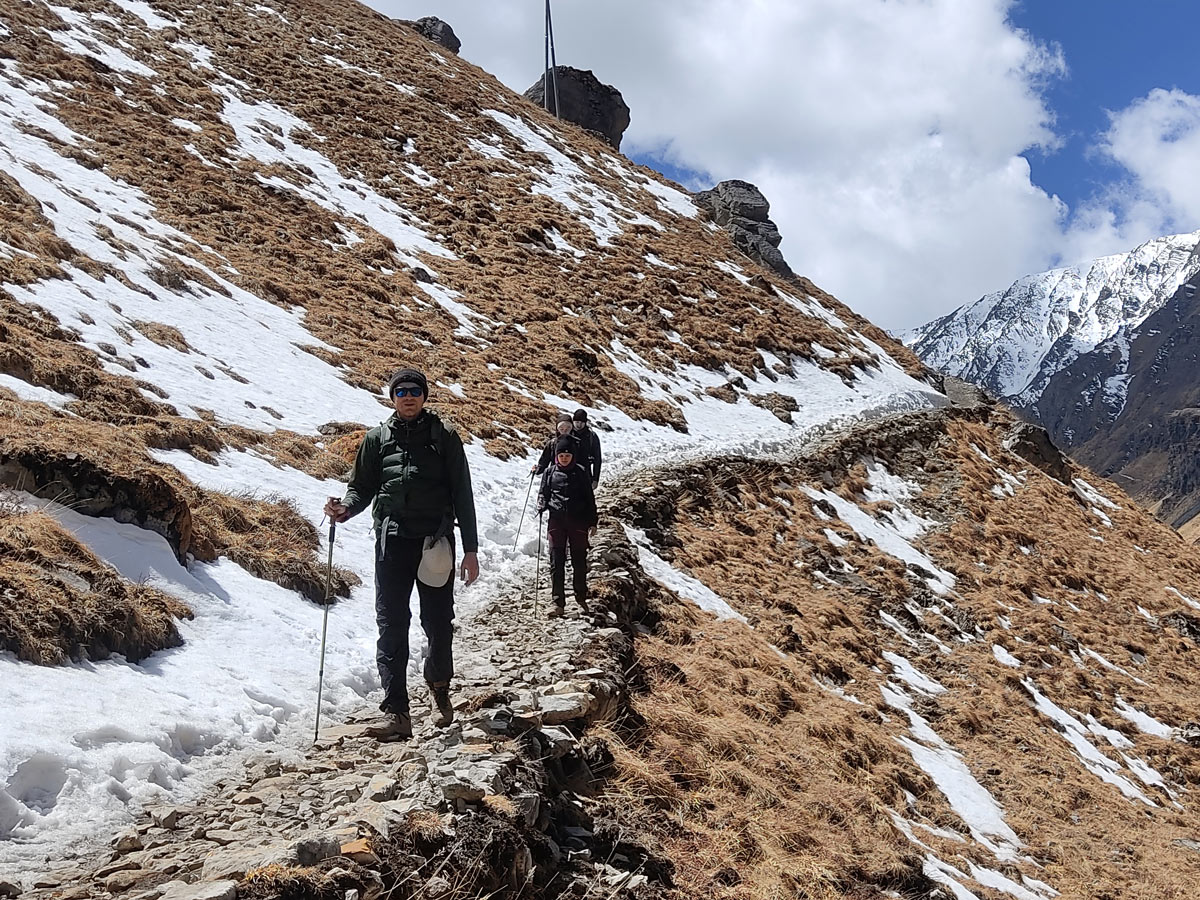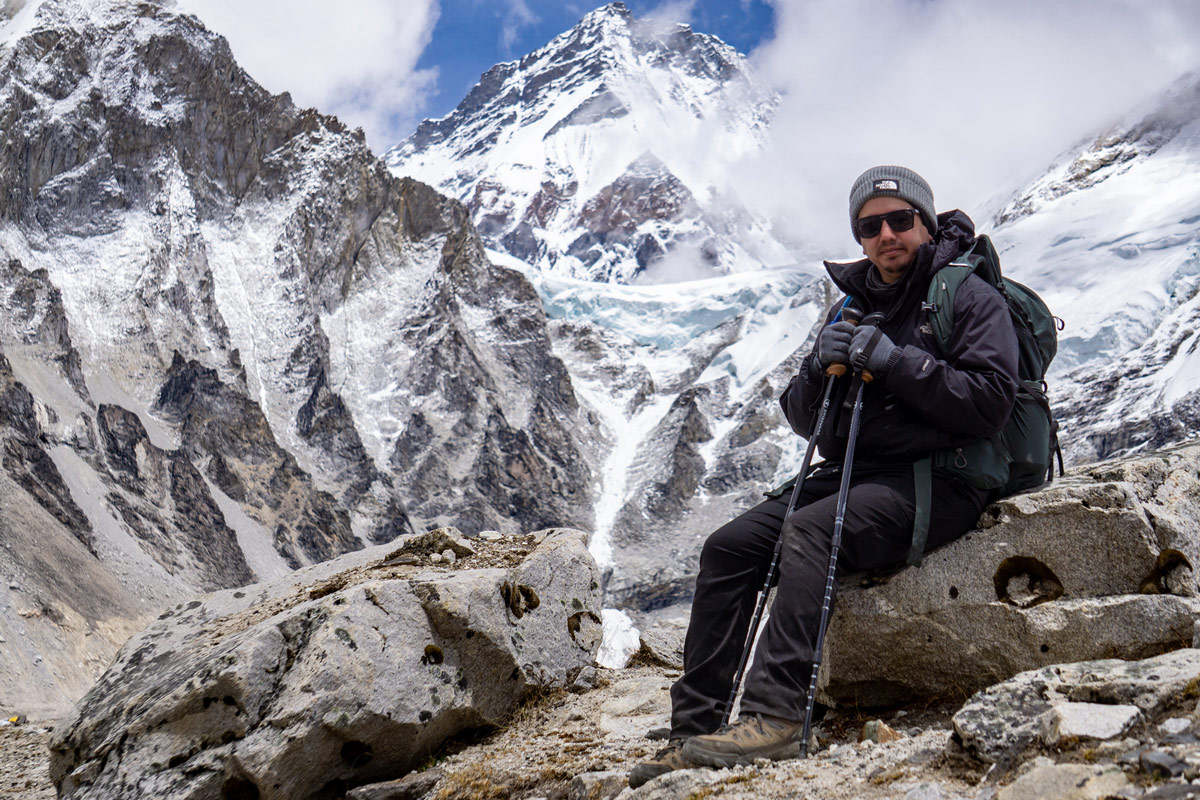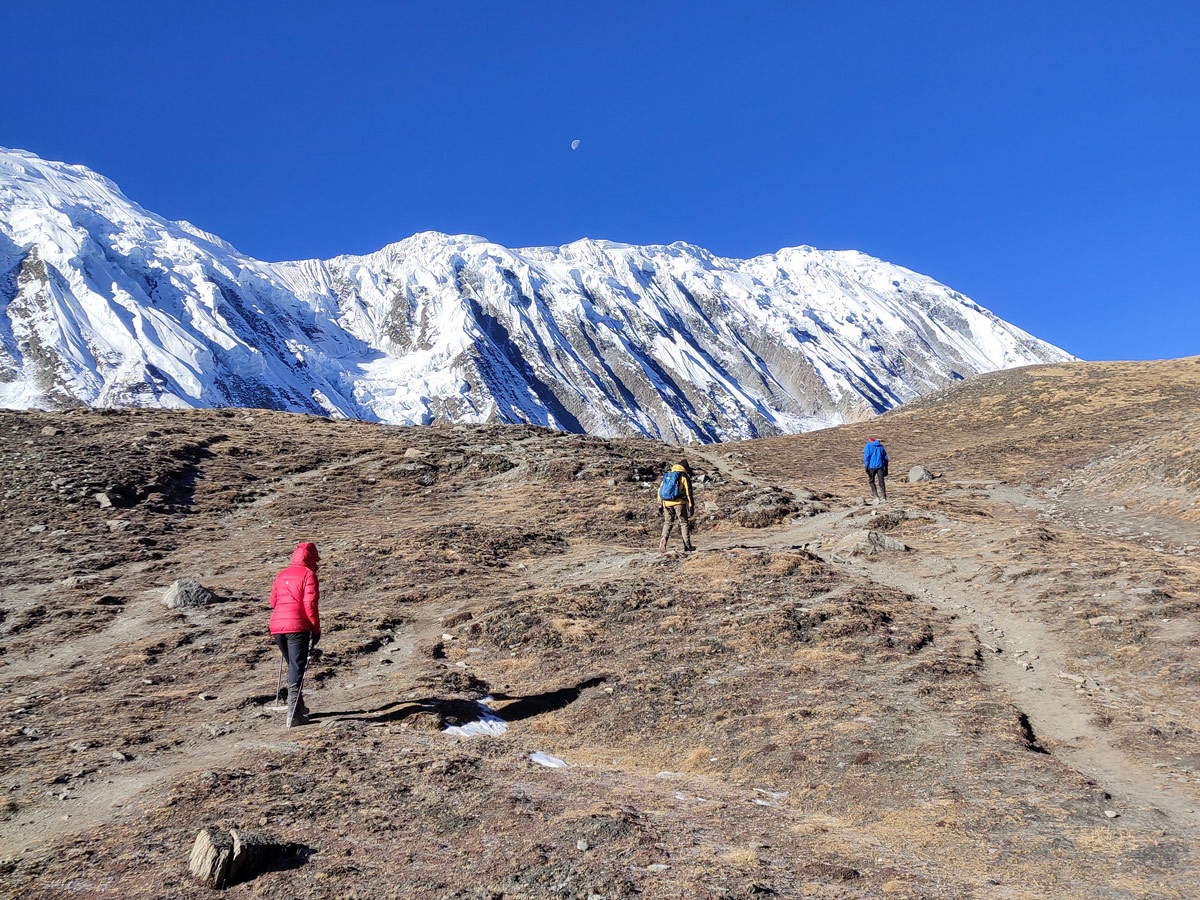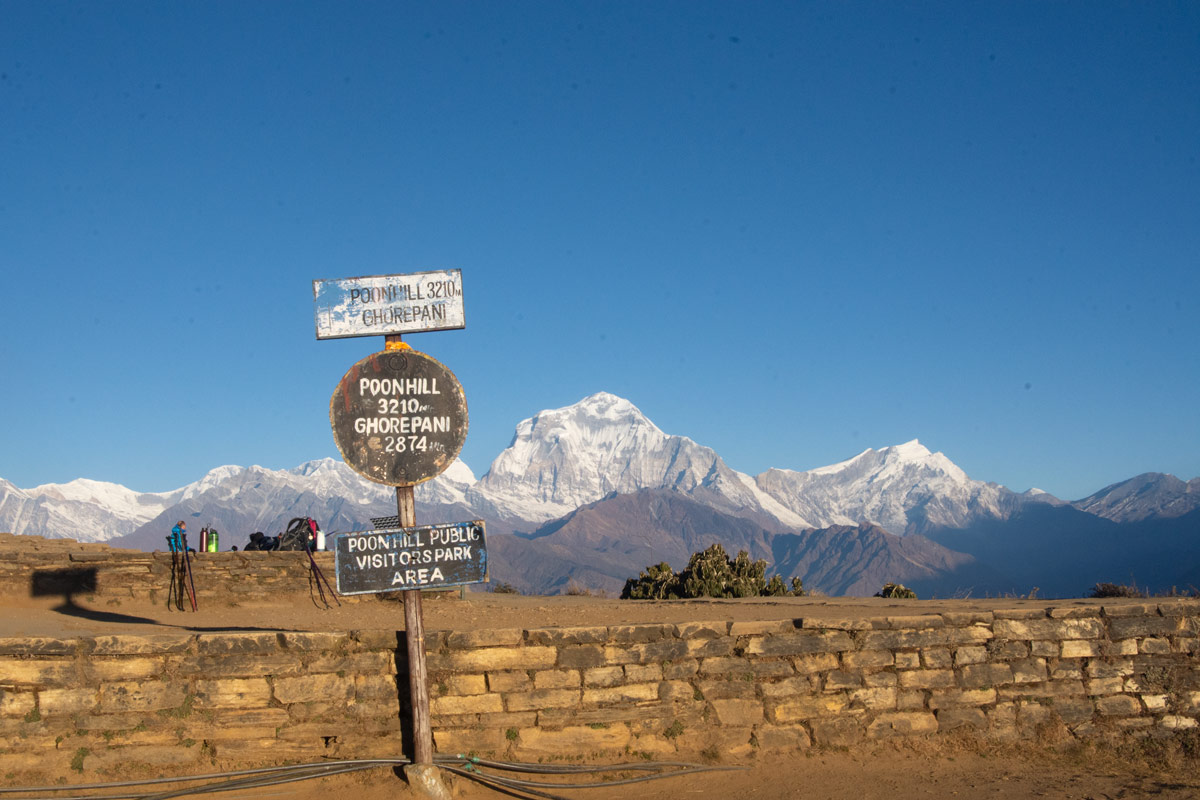Amidst the variety of treks that Nepal features, the Annapurna Circuit trek is one of the most iconic and popular one and for all the right reasons as this trek is an adventure painted with varied landscapes and colossal mountain views.
It is an epic journey circumnavigating the Annapurna massif while taking you to the highest accessible mountain pass in the world. You can find lots of reasons why Annapurna Circuit trek should be your next adventure.
However, a hint of doubt arises once the difficulty level of the Annapurna Circuit trek comes in picture as with its adventures comes the challenges which might not be tackled by everyone.
In this blog, we answer your questions regarding how difficult is Annapurna Circuit trek to prepare you for your dream adventure.
What is the overall difficulty level of Annapurna Circuit trek?
The Annapurna Circuit trek is considered a moderately difficult trek. However, the number of challenges you will face is subjective and can verge on easy or strenuous based on the trekking conditions.
Trekkers are subjected to long hours of walking while covering 8 to 15 kms per day for 5 to 6 hours so that they can cover the distance of 160 to 210 km (depending on your itinerary) within 2 to 3 weeks of time.
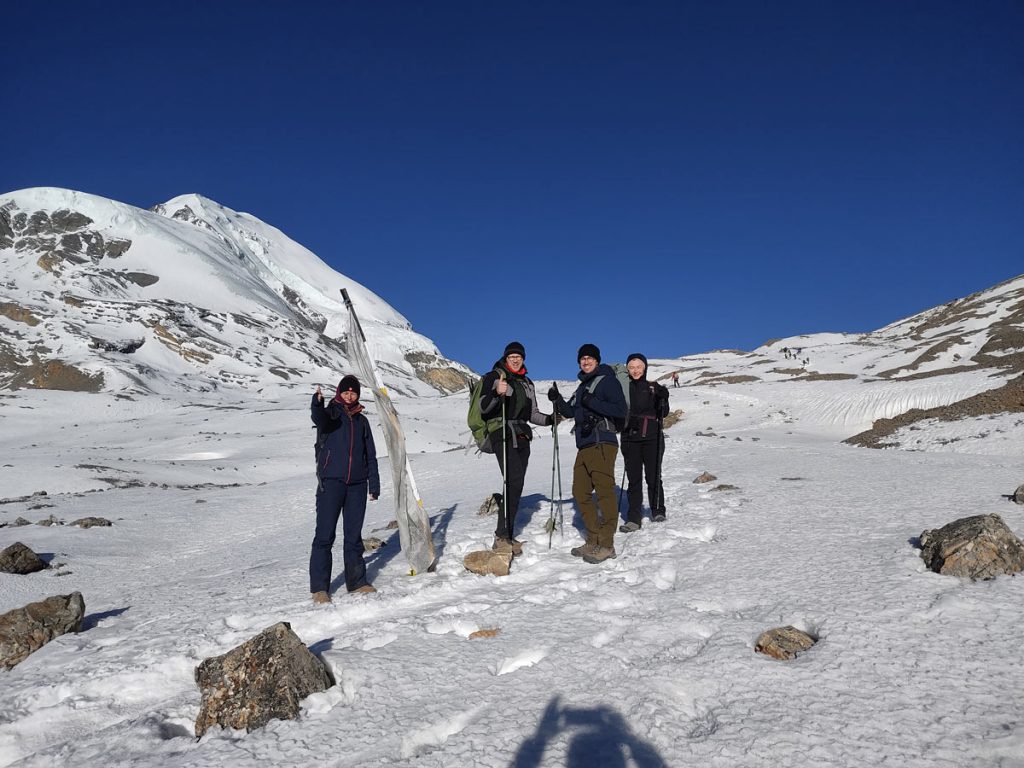
Taking you to 5,416 meters, the trek also presents a high-altitude challenge with several challenges like altitude sickness while also challenging your physical and mental health.
However, the Annapurna Circuit trek is not just for elites and every trekker dreaming of the Annapurna adventure can conquer it with thorough preparation, training, a suitable itinerary, and guidance from a local guide or a local trekking agency like Ace the Himalaya.
Factors determining the Annapurna Circuit Trek difficulty
The difficulty level of the Annapurna Circuit trek is multifaceted and is determined by a combination of several factors that should be considered by the trekkers for a safe and enjoyable experience.
These factors include things like terrain, length of the trek, duration, climatic conditions, food and accommodation on the trek, availability of emergency services, and much more.
In this section, we will break down all these factors and their effect on the difficulty of the Annapurna Circuit trek.
Terrain
Terrains on the Annapurna Circuit trek are a tricky factor as the kind of terrains you will come across during your trek depends solely on the choices that you make as a trekker, the major one being whether to avoid the dirt road or not.
Popularity has its downfalls and the same is the case with the Annapurna Circuit as the trek now features a full-fledged dirt road that runs parallel with the trekking trail, acting as a boon for some while being a bane for some.
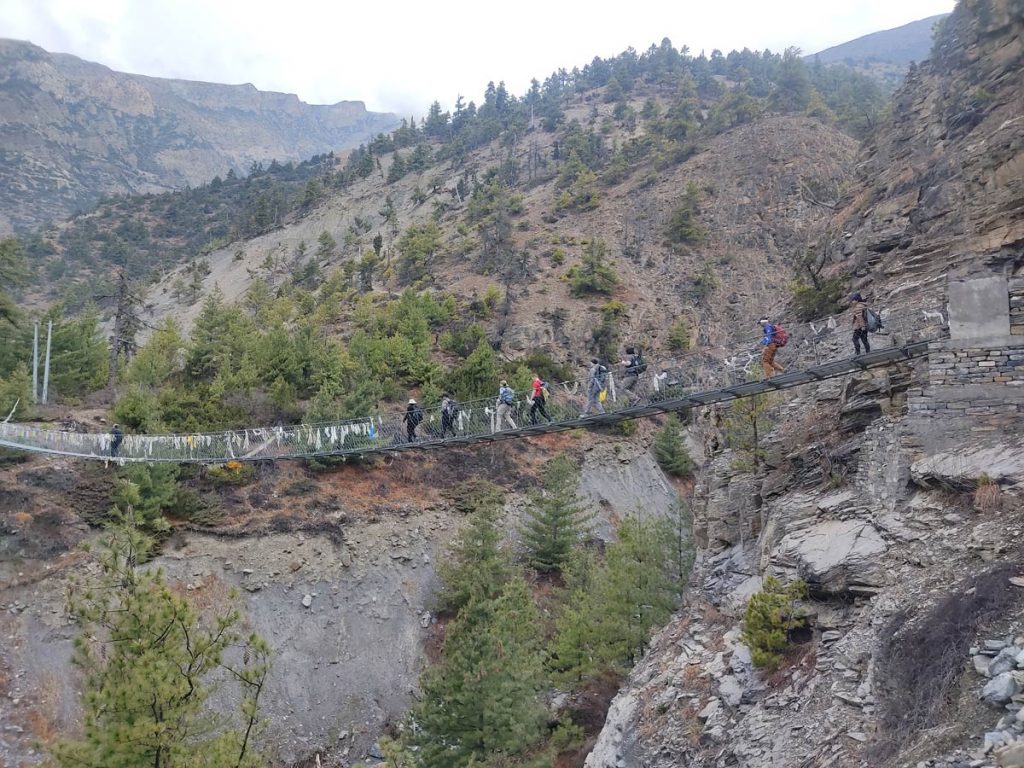
These dirt roads have given most people with the knack of Annapurna exploration an option to shortcut their trek and walk for only a shorter segment while enjoying the views from their jeep for the most part of the journey.
However, a section of trekkers has been bothered by this, and the need of the hour for them has become avoiding these dirt roads at any cost as these roads, despite boasting the same view, are full of dust and vehicle noises.
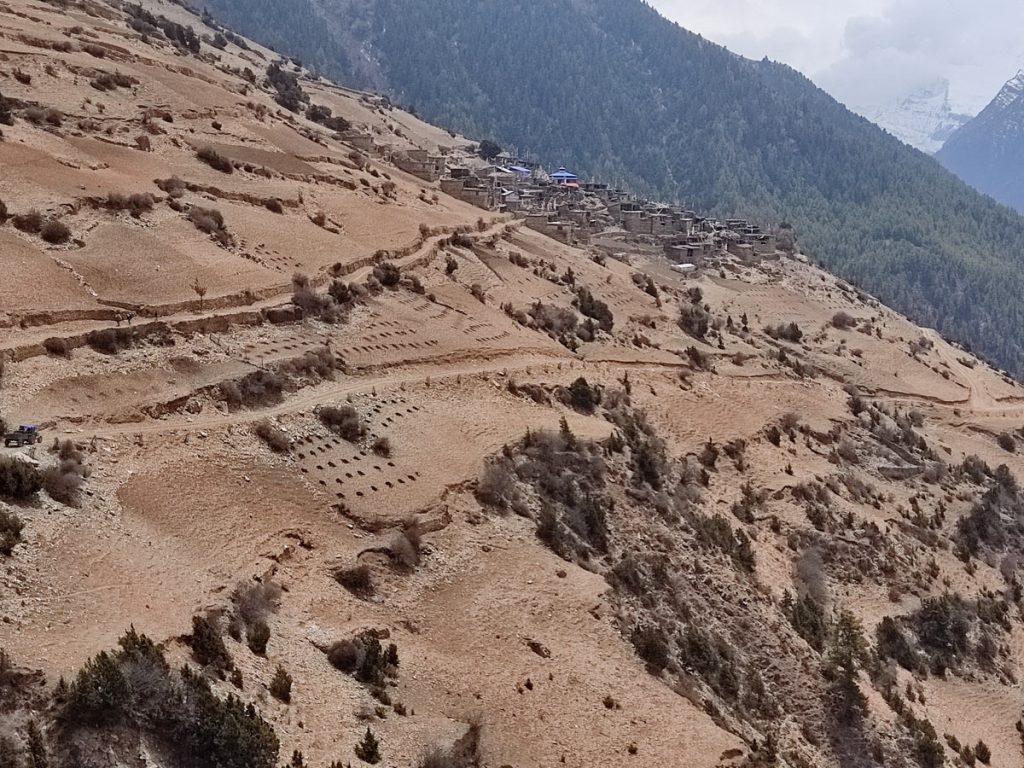
Coming to your experience, if you are walking for a short segment of the trek, you will mostly be walking only at high altitudes while crossing the Thorong La Pass. Thus, you will be crossing a rugged and dramatic terrain full of rocky paths and high plateaus.
This makes your experience a little challenging and requires a good amount of physical fitness. However, the challenge will be short-lived, so it won’t be as difficult.
If you are walking through dirt roads, the terrains you will come across won’t be challenging but they will be full of dust and traffic.
But if you are a true trekker wanting to avoid dirt roads, the terrains of the trek become exciting as well as challenging as you will be crossing varied landscapes ranging from verdant valleys to dramatic mountain passes.
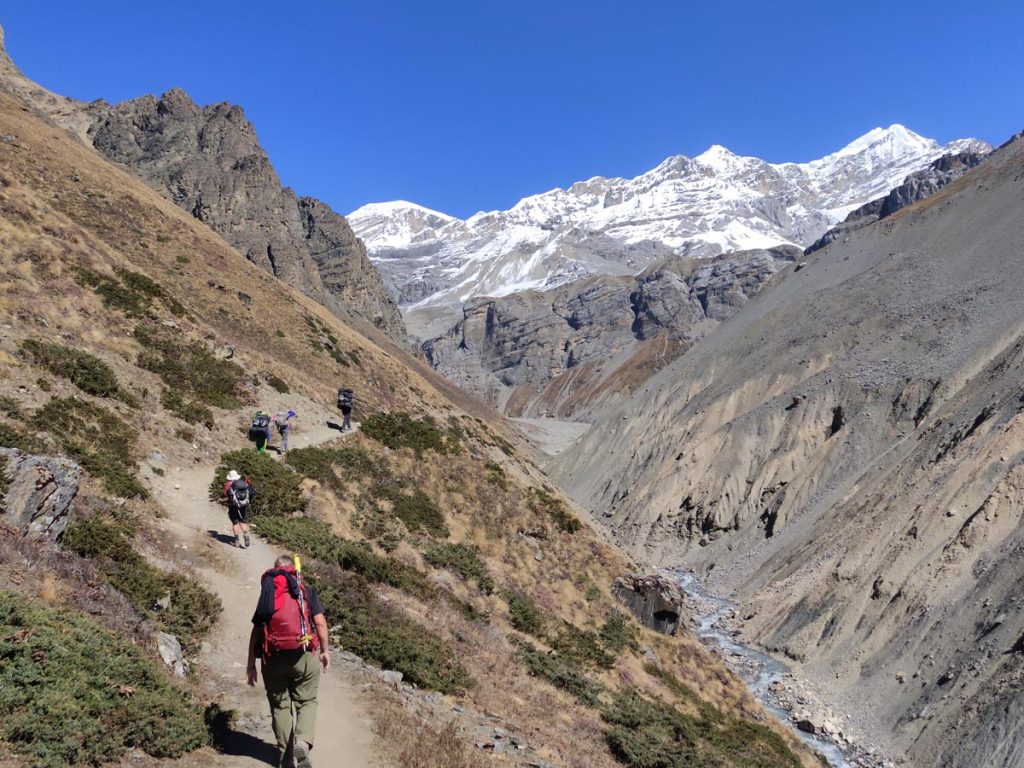
The trail features steep ascents and descendant slogs in many sections which demands strong leg muscles and good cardiovascular health. You might also come across uneven and rocky trails in some sections of the trek.
Be careful as the trails get slippery, especially during monsoon or after snow, where there might be chances of slippage. These sections add a hint of difficulty to the trek.
Carrying proper hiking boots and additional support like trekking poles while being mindful about your footing and adapting your pace according to the terrain can be helpful.
Distance and Duration
The distance of the Annapurna Circuit trek is one of the most significant challenges of the trek as it covers anywhere between 160 km to 210 km (100 to 145 miles) depending on your itinerary and the detours that you make along the way.
However, the availability of dirt roads and easily accessible transportation options also allows you to shorten your trekking distance if you want so it can just be around 5 days of walking with everything else being covered in a vehicle.
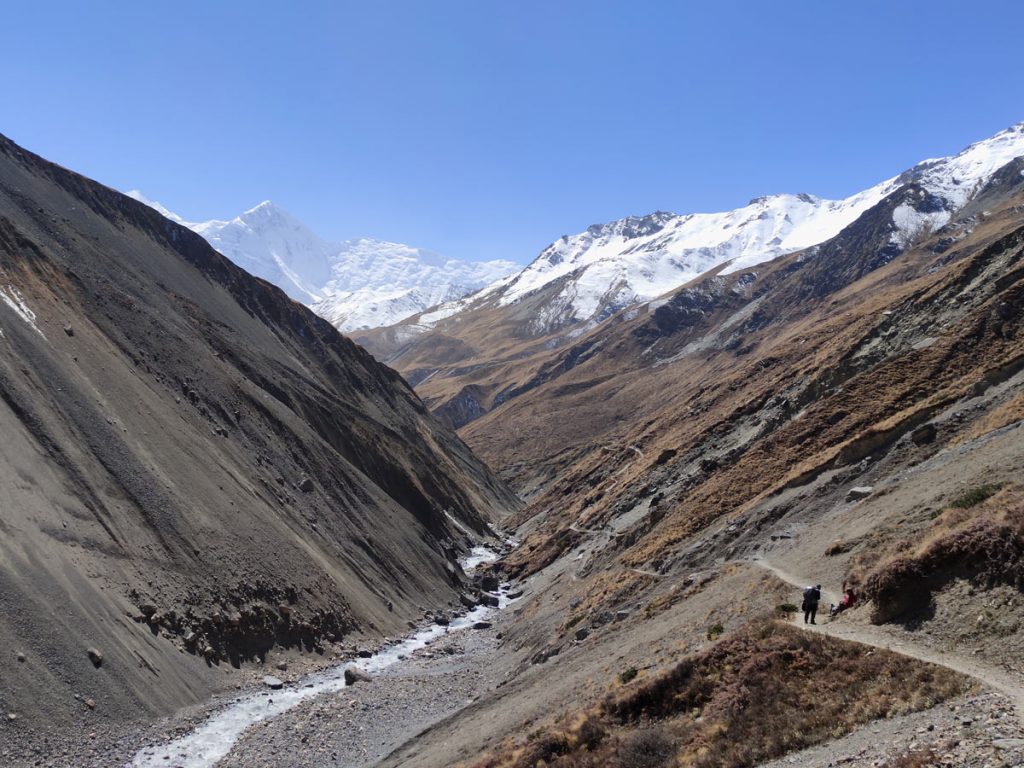
On foot, the Annapurna Circuit trek takes around 14 to 21 days to complete (around 2 to 3 weeks) which might seem okay at a cursory glance, but it is an extremely challenging adventure.
The trek requires you to walk for 5 to 6 hours every day on average to cover anywhere between 8 to 15 kilometers. This can be testing for your physical strength and endurance.
People with higher physical fitness and prior experience can cover slightly more distance every day, but you can’t go overboard as altitude is a factor too. Therefore, you must maintain a gentle pace.
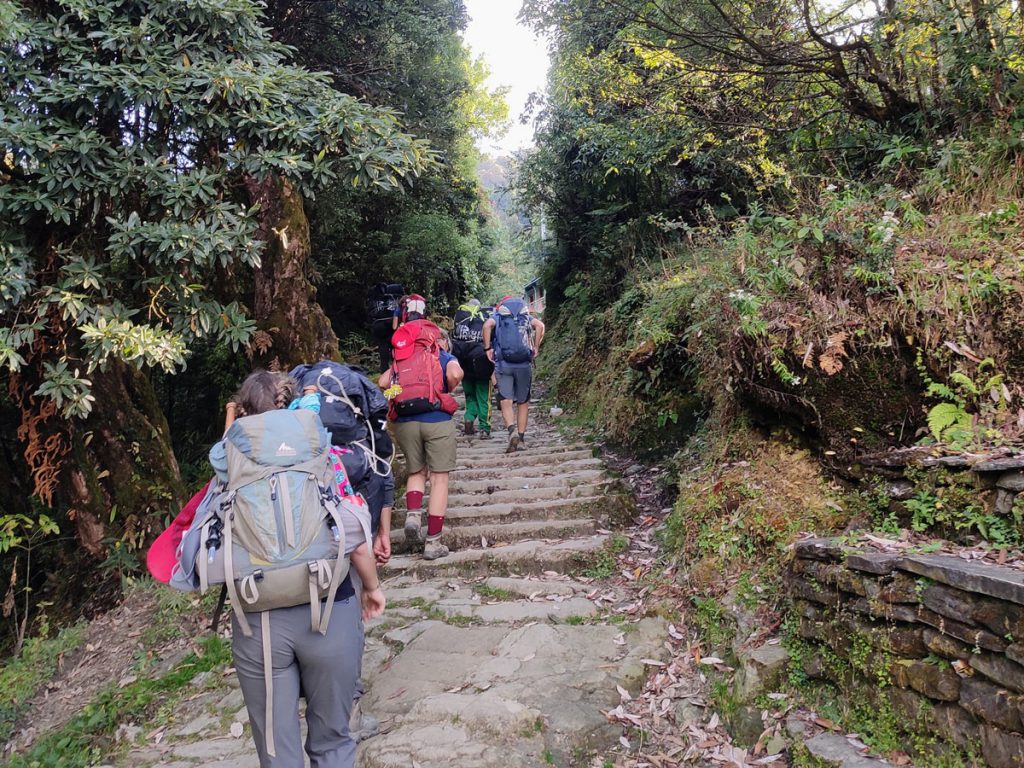
Besides that, the length and duration of the trek can be mentally testing too as you will be in completely unfamiliar surroundings with no familiar faces and the tiredness combined can make you feel discouraged, making the trek much more difficult.
Therefore, physical and mental preparation well in advance before the trek along with gentle ascent and good bonding with fellow trekkers and locals is an important aspect of completing the trek.
Altitude
Altitude is another factor that makes up a big part of the difficulty of the Annapurna Circuit trek as the high-altitude trekking conditions present lots of significant challenges for the trekkers.
The Annapurna Circuit trek goes as high as 5,416 meters and takes you to the highest accessible mountain pass in the world, reaching its zenith at the Thorong La Pass which is not a small feat.
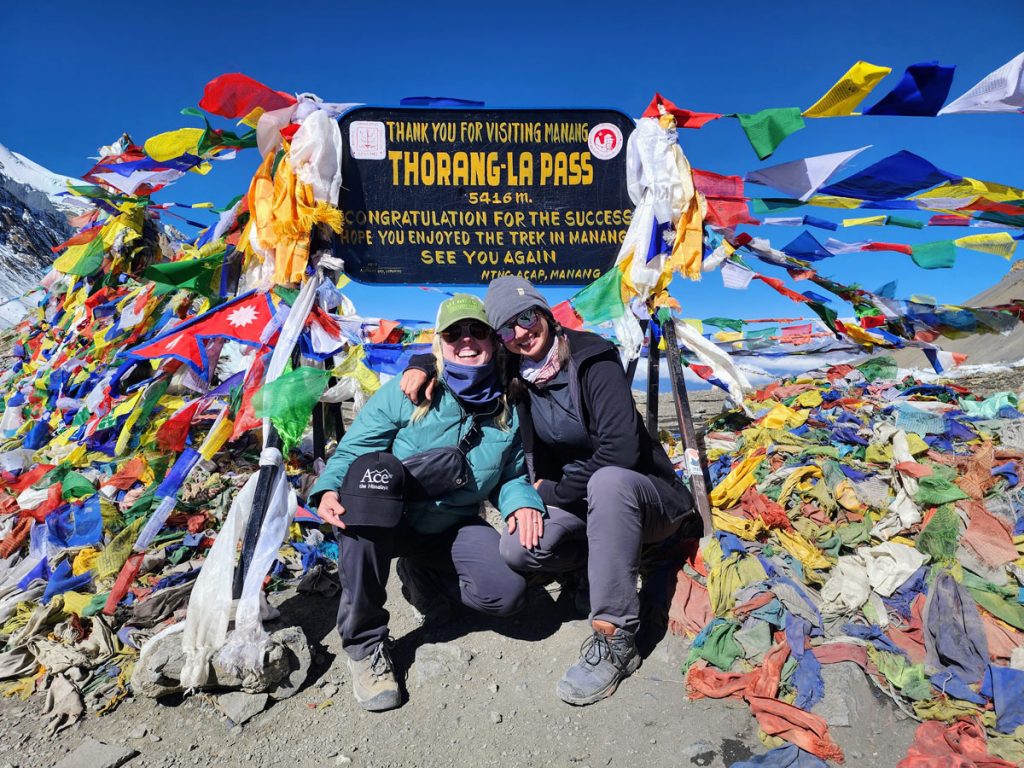
As you go higher in the trek, you enter the realm of thin air and the levels of oxygen start dropping forcing your body to manage with lower oxygen intake. It exerts lots of pressure on your cardiovascular system while walking and ascending.
In such cases, the chances of altitude sickness become much higher, and you might experience symptoms like nausea, dizziness, loss of appetite, loss of sleep, headache, and fatigue.
These symptoms can get much worse if ignored and can force you to descend or call off the trek completely. It can be even life-threatening sometimes.
The best way to prevent altitude sickness during the Annapurna Circuit trek is to ascend gradually and set aside enough days for proper acclimatization as you gain altitude at spots like Manang.
Take a walk around your acclimatization spot to apply the ‘climb high sleep low’ principle. Continue your hike only once you feel completely fine. Meanwhile, stay hydrated and focus on eating a nutritious diet.
Weather
The weather in the Annapurna region is highly unpredictable, and although it is predicted based on seasonal patterns, it can significantly change at any given time during the trek.
Consider the weather in the Annapurna Circuit to be like mood swings as they can shift from sunshine to heavy rainfall within a matter of minutes and feature snow, rain, winds, and scorching sun all in an instant.
Although less in winter, sudden downpours are a significant part of your trek, especially in the months of monsoon (June to August) when you will be experiencing heavy rainfalls even leading to less visibility.
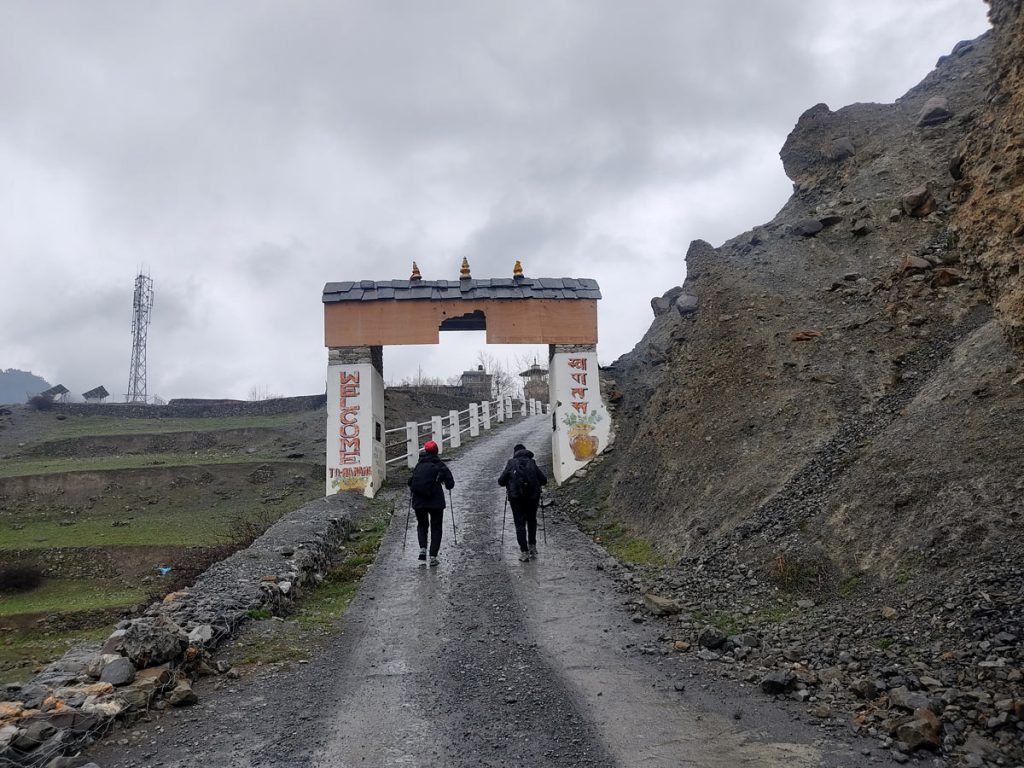
This leads to slippery trails and also obstructs the views of the mountain ranges which is one of the major highlights of the trek that nobody would want to miss. Also, the rainfall leads to trails that are infested with leeches.
Therefore, monsoon is not the best time for your Annapurna Circuit adventure. However, you should be prepared for sudden downpours even during other seasons.
Winters (December to February) on the circuit can be equally challenging as you will come across freezing temperatures.
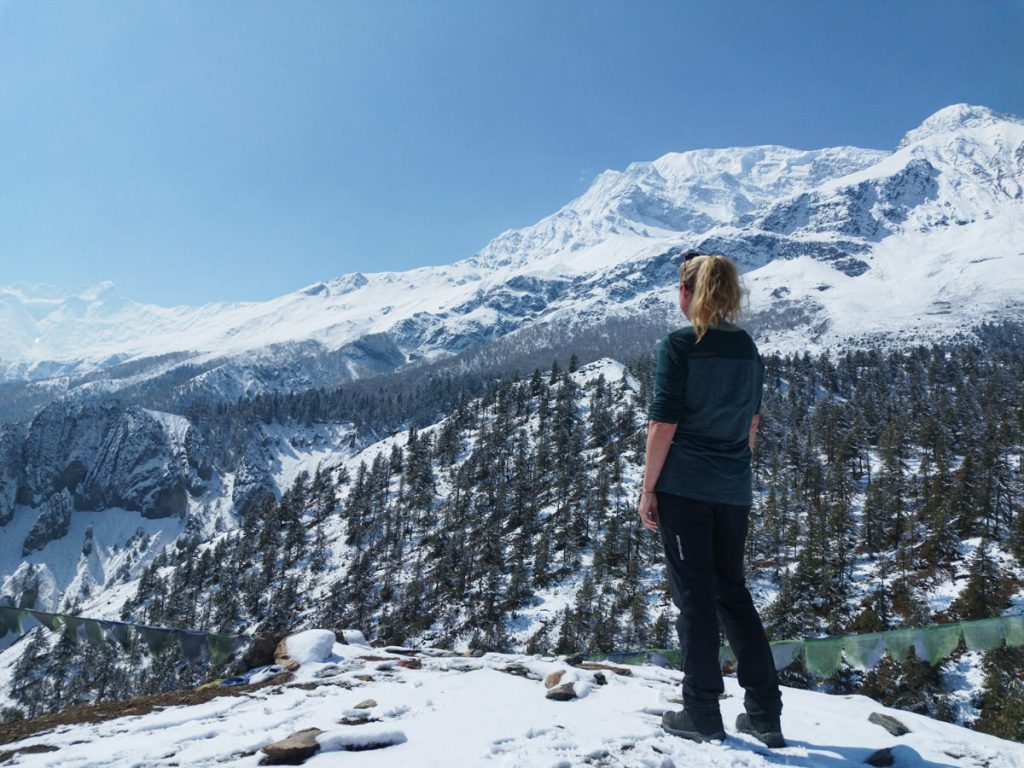
While the average daytime temperature is 5 degrees celsius, during nighttime, it can get as low as –20 degrees celsius which is truly a challenge.
Along with the temperatures comes the snow. The trails, especially at high altitudes, will be blanketed in snow making it slippery and tricky for you to complete your trek. Ice cleats, microspikes, crampons, and trekking poles can be your saviors against the snow.
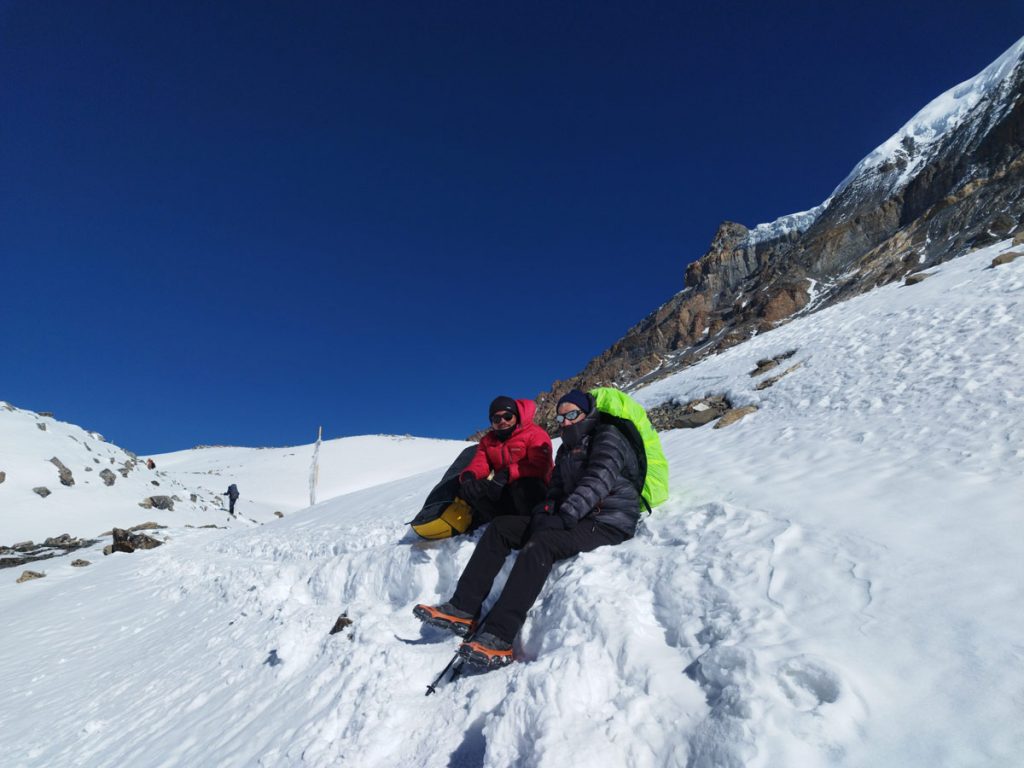
The months of autumn (September to November) and spring (March to May) are much less challenging for the trekkers as they feature balanced climatic conditions with clear skies and high wildlife activity too giving you the best experience on the circuit.
Accommodation
Although the accommodation options on a trek do not impact the difficulty level directly, they play a significant role in your overall trekking experience and are a big part of ensuring comfort and rest throughout the trek.
The Annapurna Circuit features a wide range of accommodation options, especially on lower altitudes as this trek experiences a huge influx of trekkers. These options include teahouses, lodges, as well as guesthouses.
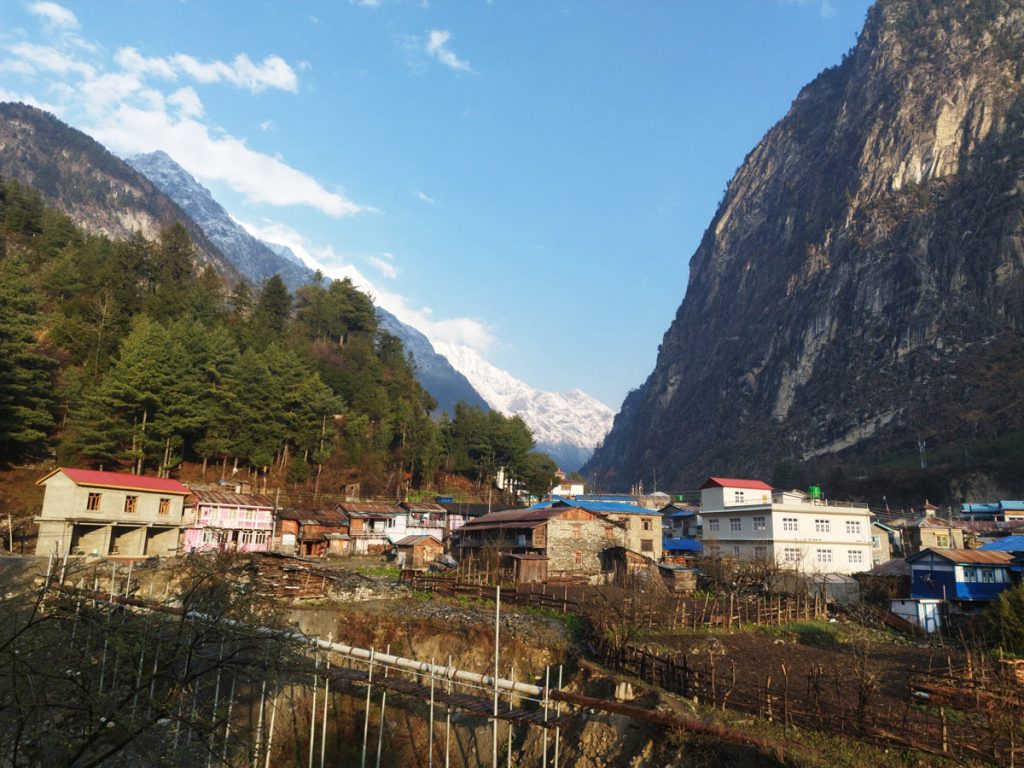
You can find options of private rooms with amenities like attached washroom, hot showers, wi-fi and more depending on your location of stay. But the most prevalent options are usually basic rooms with twin sharing and shared bathrooms.
As you ascend higher, the amenities start thinning out and at certain remote locations like Thorong Phedi, option of attached bathrooms, wi-fi, western toilets, hot showers, and other familiar luxuries might not be available at all.
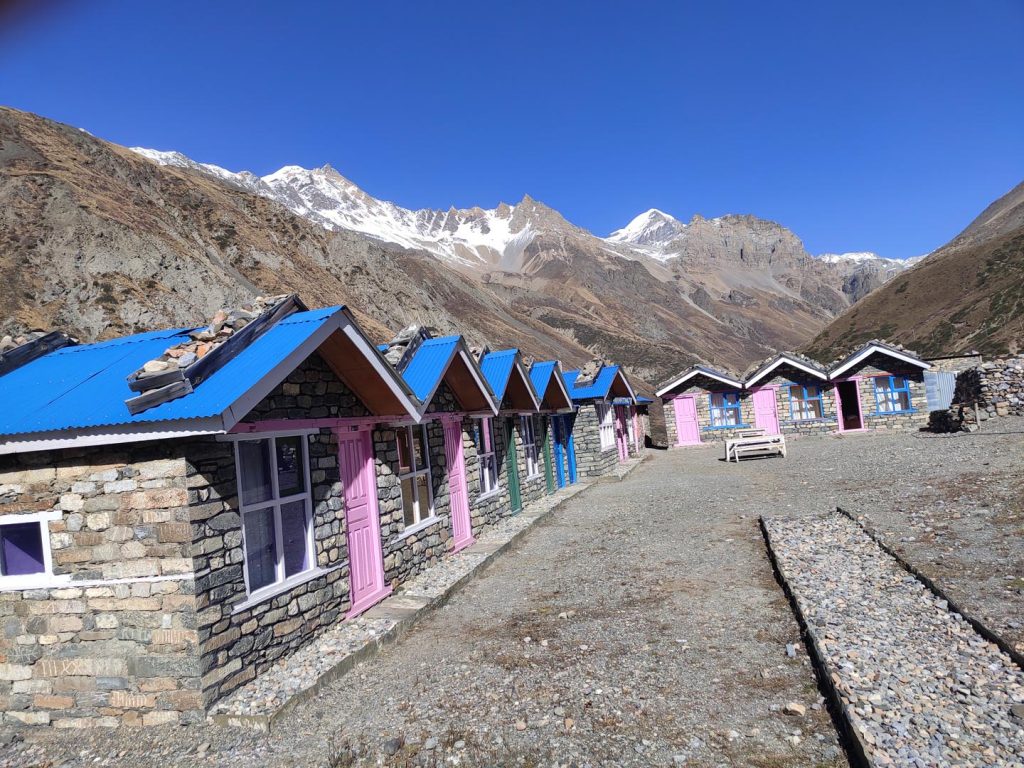
Nevertheless, the accommodation is comfortable and keeps you cozy amidst the challenging conditions of the trek allowing you to rest well.
The availability of the facilities also depends on the season when you are trekking as sometimes the lodges might be booked out due to peak season, especially during spring and autumn.
So be prepared for basic facilities and a limited menu at certain sections while enjoying all the comforts along with an extensive menu in big stops along the trek.
Lack of Preparation
Another factor that makes the Annapurna Circuit trek much more challenging than it should be is the lack of preparation in terms of physical fitness, packing the right gear, as well as gaining some insights about the trek.
For any category of trekker, the Annapurna Circuit trek can be demanding. Therefore, one needs to have at least a basic level of fitness for embarking on the trek.
Long hours of walking can be tough on your legs and cause issues like sore muscles, pain, blisters, and even twisting of ankles sometimes. Therefore, you should start exercising well in advance.
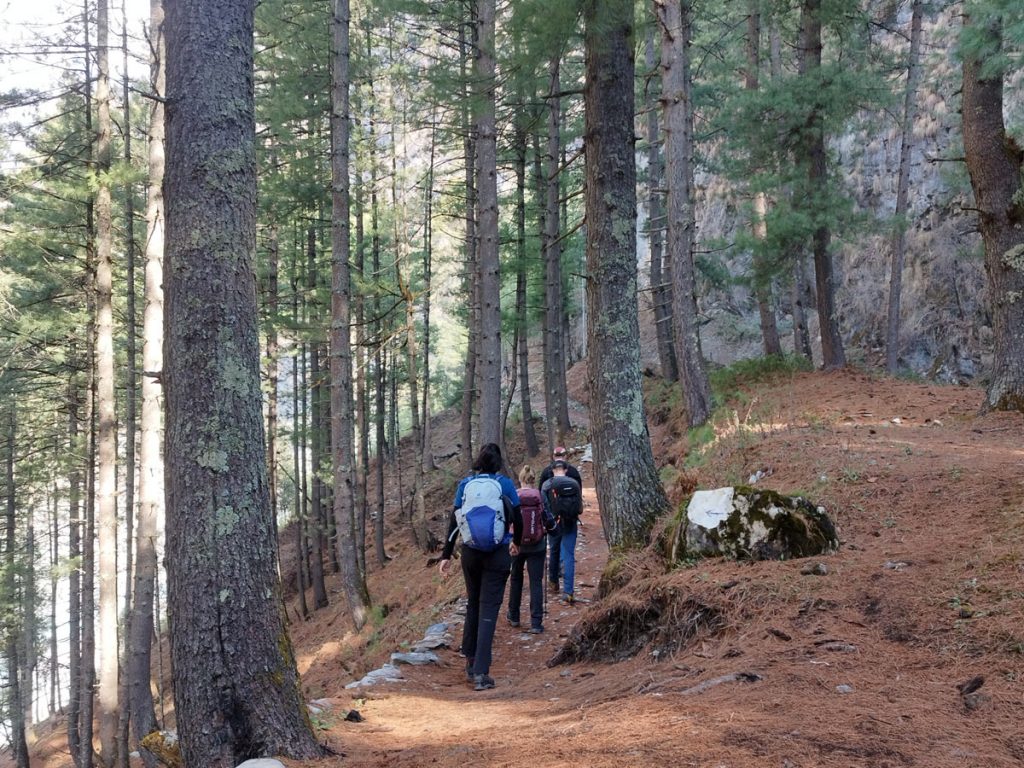
Focus on exercises to strengthen your legs, calves, lower back, core, and shoulders to be able to trek with the weight comfortably. Also focus mainly on cardio exercises like swimming, running, cycling, jumping, and more.
These exercises help you to build your cardiovascular stamina and help you to trek comfortably in the low oxygen region.
Go on leisurely walks and hikes at least once a week to stimulate conditions similar to the trek and prepare for walking for long hours. Get up and down the stairs of a tall building to prepare for the taxing ascents and knee-jarring descents.
Another thing making your trek difficult is the lack of the right gear and clothing while on the trek which causes challenges when it comes to tackling the freezing temperatures or the sliding trails of the trek.
To prevent these issues, make sure to create a solid packing list for Annapurna Circuit and pack all the right items while not overburdening your luggage with unnecessary items.
Research about the trek, the trail conditions, and the local culture to make your trek more comfortable and not face any challenges with the locals.
Prior Experience
How difficult is the Annapurna Circuit trek going to be for you also depends on your prior hiking or trekking experience.
If you are someone who has been on similar high-altitude treks like the Everest Base Camp trek or any other, this trek becomes much less challenging for you.
People with prior trekking experience are likely to have a better stamina and endurance along with overall general fitness. Besides that, they are familiar with the dreaded soreness that follows after a long day of walk which makes it easier to deal with.
The risk of injuries is decreased too as they have tackled similar terrains before and are aware of factors like proper footing. Another advantage is that you might have a better cardiovascular health and acclimatize easily as your body has faced this challenge before.
Even if it doesn’t aid with acclimatization, it can definitely help you in recognizing the symptoms of altitude sickness allowing you to take timely action. You are also much better prepared for crisis management in case of emergencies.
People with prior trekking experience are also familiar with the kind of accommodation and food habits along with the challenging climatic conditions prevalent in the high-altitude areas which allows them to blend in easily.
Having said that, it is not true that people without experience cannot embark on this trek as it is one of the beginner-friendly treks of Nepal.
Yes, the trek will be slightly more challenging for beginners, but with the proper preparation one can enjoy the trek thoroughly.
Beginners should put in more efforts when it comes to exercising, researching, and preparing for the trek. Try to go for short hikes as often as possible.
Mental Endurance
Along with causing physical exertion, a long day trek such as the Annapurna circuit trek can also be mentally demanding and end up taking a toll on the determination of the trekkers.
You are amidst an unfamiliar environment away from your family and some days might be tougher than others leaving you tired and in pain due to all the walking. At such times, you might want to give up.
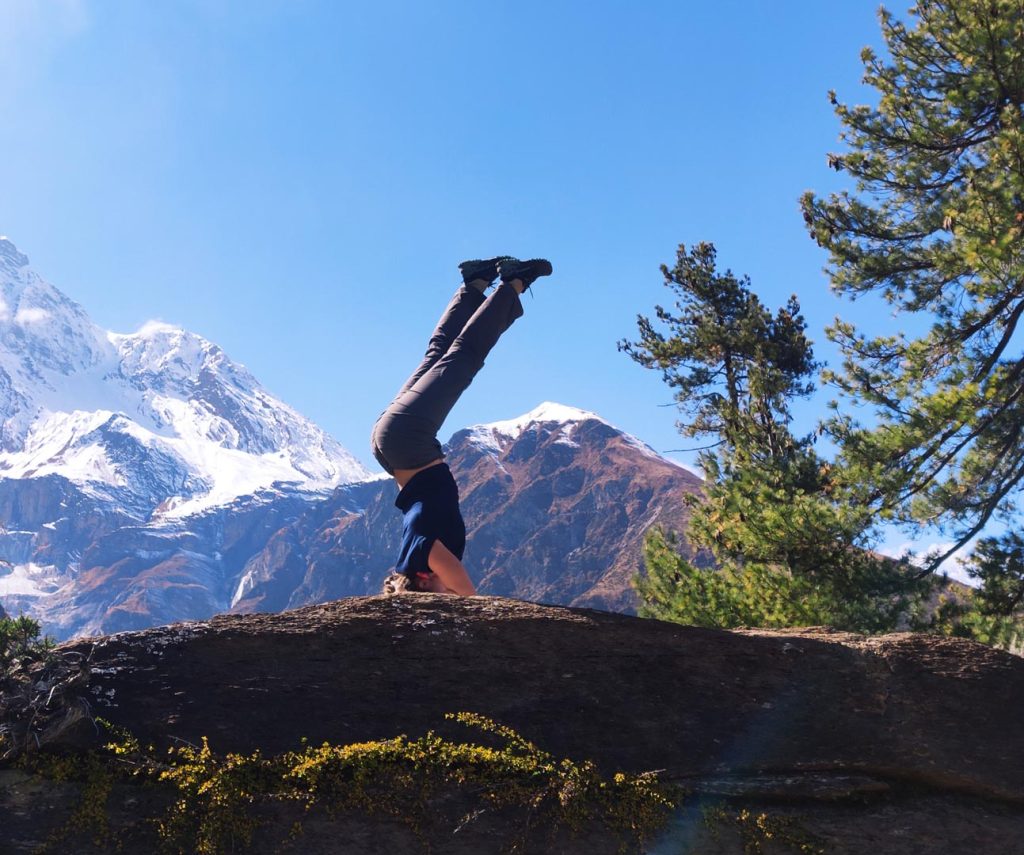
To not come across these situations, building mental grit is also an important aspect of preparing for the Annapurna Circuit trek.
You should engage in mindfulness practices and visualize yourself emerging on the other side of the Thorong La Pass as you successfully complete the trek. This will give you the much-needed push on your bad days.
Engaging in yoga and meditation also improves your physical and cardiovascular health. You can carry some books or card games to keep yourself distracted while on the trek or even take a journal and write down your experiences.
